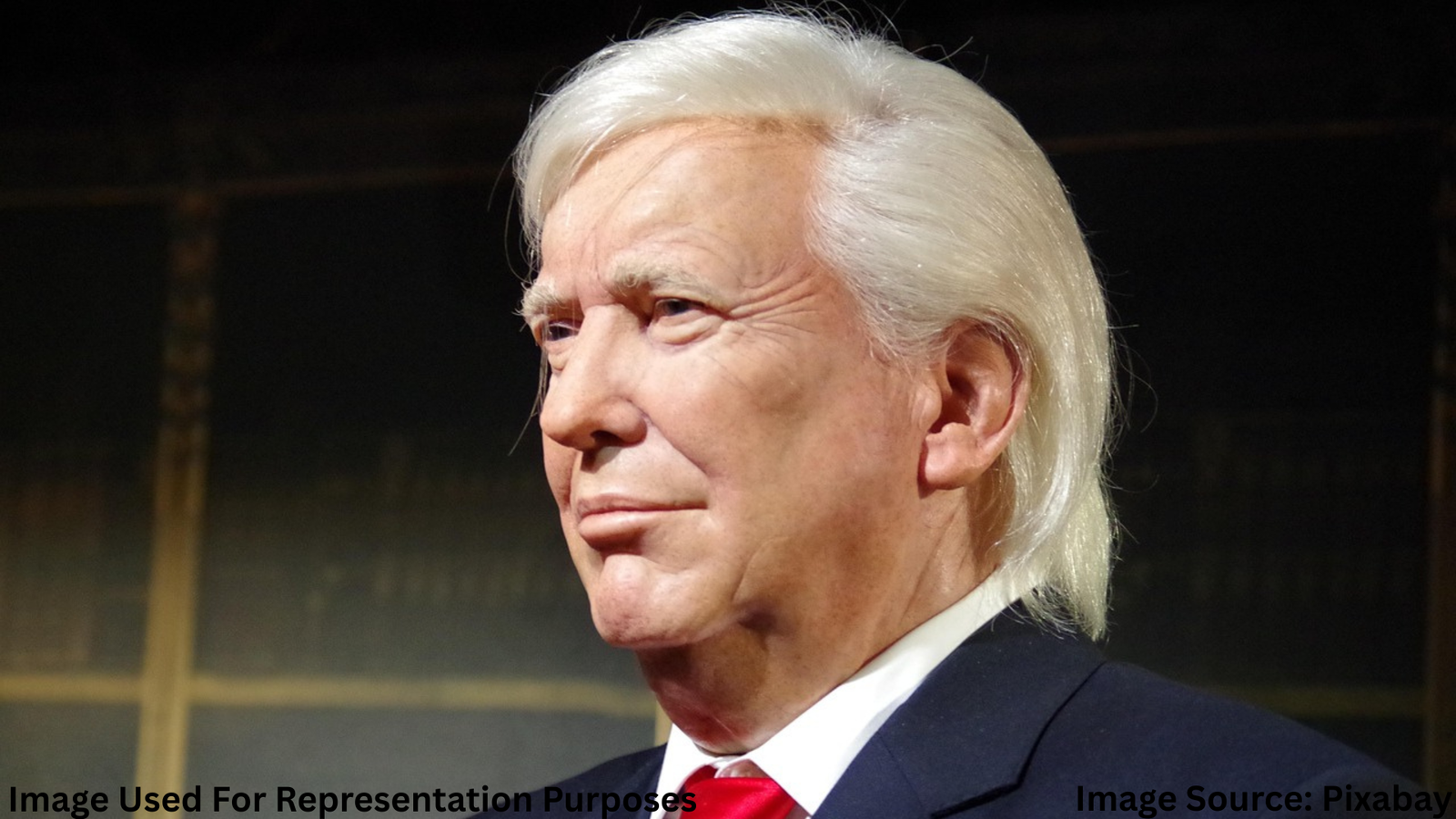
The Supreme Court greenlight the Federal layoffs
Supreme Court greenlight the federal layoffs — a phrase that is now making headlines across the U.S. From Capitol Hill to small-town communities, this ruling has sent ripples across the federal workforce and beyond. With implications that reach deep into the heart of national labor policy, this decision is more than a legal formality. It’s a clear sign that change is here.
But what does it truly mean? Is this a blow to federal job security or a restructuring long overdue?
What Triggered the Federal Layoff Decision
This all started when a cost-cutting proposal emerged from a bipartisan Congressional group aiming to reduce ballooning government expenses. The debate reached the highest levels of power when several federal departments challenged the legality of mass workforce reductions without Congressional consent.
In response, legal actions escalated through district and appellate courts, finally landing in the Supreme Court. The core argument centered around whether executive agencies had unilateral authority to initiate layoffs without legislative oversight.
The Supreme Court’s Verdict Explained
On a 6-3 ruling, the greenlight federal layoffs, stating that federal agencies do indeed have the administrative authority to execute workforce adjustments in response to budgetary shortfalls — provided those actions follow existing statutory frameworks.
Chief Justice’s Opinion:
“The Constitution provides flexibility for executive agencies in fiscal management. When Congress grants spending discretion, it inherently permits corresponding staffing decisions.”
This ruling redefines the power dynamics between federal agencies and Congress regarding employment matters.
Real-life Stories: Workers Caught in the Middle
Linda Carson, a 24-year veteran of the Department of the Interior, received her layoff notice three days after the Supreme Court ruling. “I’ve always believed federal jobs were stable. This ruling pulled the rug right from under us,” she told NPR in an emotional interview.
Tyrell Jamison, a single father working in federal IT support, echoed the sentiment. “No warning. No preparation. Just an email and a packet. It’s devastating.”
These stories bring a human face to a legal judgment, underlining the very real consequences for everyday Americans.
Policy Implications and Legal Ramifications
The ruling sets a precedent that could: Increase the speed of future federal layoffs. Reduce job security in civil service roles. Empower agencies to restructure without Congressional delays. It also opens a door for future cases that could further shift the balance of power within the federal employment system.
Expert Opinions and Legal Challenges Ahead
Legal analysts are divided. While some praise the decision as a victory for efficient governance, others call it an erosion of worker protections.
Georgetown Law Professor Emily Reyes argued, “The court’s decision allows short-term financial strategy to override decades of employment stability and trust.”
Expect unions like the American Federation of Government Employees (AFGE) to push back, potentially spurring more litigation or legislative changes.
What This Means for the Average American
You might wonder — if you’re not a federal worker, why should you care?
Because this decision might: Influence state-level layoffs through similar legal channels. Signal a national trend toward at-will employment expansion. Lead to privatization of some government services. This is not just a D.C. issue. It could reshape public employment standards across America.
How to Prepare If You’re in Federal Employment
1. Update Your Resume: Start keeping a fresh, tailored version for private-sector applications.
2. Know Your Rights: Familiarize yourself with your agency’s layoff policies.
3. Seek Union Support: If you’re part of a labor union, leverage their resources now.
4. Emergency Savings: Build at least a 3-6 month financial cushion.
Conclusion
The decision is not just a legal milestone — it’s a turning point for how we think about job security, governance, and economic policy in the U.S.
Whether you’re a federal employee or a concerned citizen, this moment calls for attention, awareness, and action. It’s a reminder that even the most stable institutions are subject to change — and that the rights of workers should never be taken for granted.

Akalumhe Jefferson is a content writer with a new found interest for crafting engaging stories that transport readers to new worlds. Although no current actual background in creative writing but there’s active love for writing



